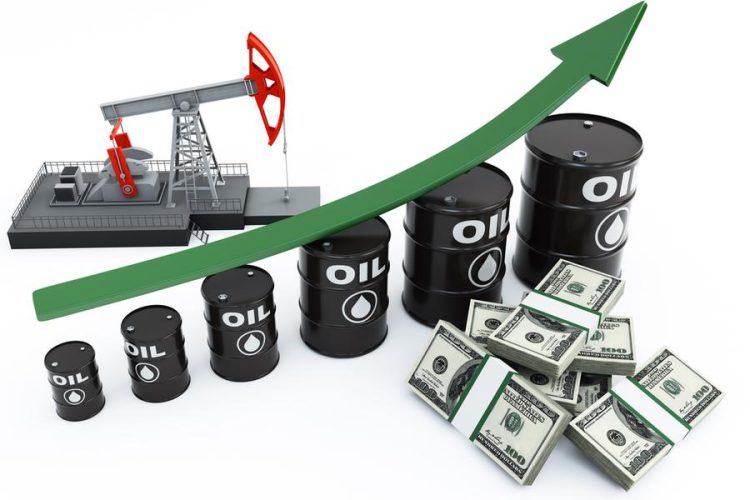Publisher: Maaal International Media Company
License: 465734
Oil heads for second yearly gains in a row
Oil prices rose today, Friday, and are on track to achieve gains for the second year in a row, albeit small ones, in a year characterized by tight supplies due to the conflict in Ukraine, the strength of the dollar and weak demand from China, the largest importer of crude in the world.
According to Reuters, Brent crude futures rose 44 cents, or 0.5 percent, to $83.90 a barrel by 0138 GMT, after falling 1.2 percent when settling in the previous session.
US West Intermediate crude was $78.88 a barrel, up 48 cents, or 0.6 percent, after closing down 0.7 percent on Thursday.
اقرأ المزيد
Brent crude is expected to end 2022 with a gain of 5.76 percent, after rising 50.2 percent in 2021. Prices rose in the second quarter to a peak of $139.13 a barrel, a level not seen since 2008, after Russia invaded Ukraine and raised concerns about supplies and energy security
WTI is on track to rise 4.5 percent in 2022, after gains of 55 percent in 2021.
“This year was an exceptional year for commodity markets, as supply risks led to increased volatility and higher prices,” said Ewa Manthe, analyst at ING.
“Next year is set to be another year of uncertainty with a lot of ups and downs,” he added.
Oil prices fell rapidly in the second half of this year as central banks around the world raised interest rates to fight inflation and the dollar’s rise. This made dollar-denominated commodities a more expensive investment for holders of other currencies
China’s restrictions to curb the Corona virus, which were only eased in December, also killed hopes of a recovery in oil demand in the world’s second largest consumer of crude. And while oil demand in China is scheduled to recover in 2023, the high incidence of Covid-19 in it and fears of a global recession hinder the outlook for commodity demand.
In terms of supplies, Western sanctions will push Russia to divert more exports of crude and refined products from Europe to Asia.
In the United States, production growth slowed down in the largest oil-producing countries, despite higher prices.








